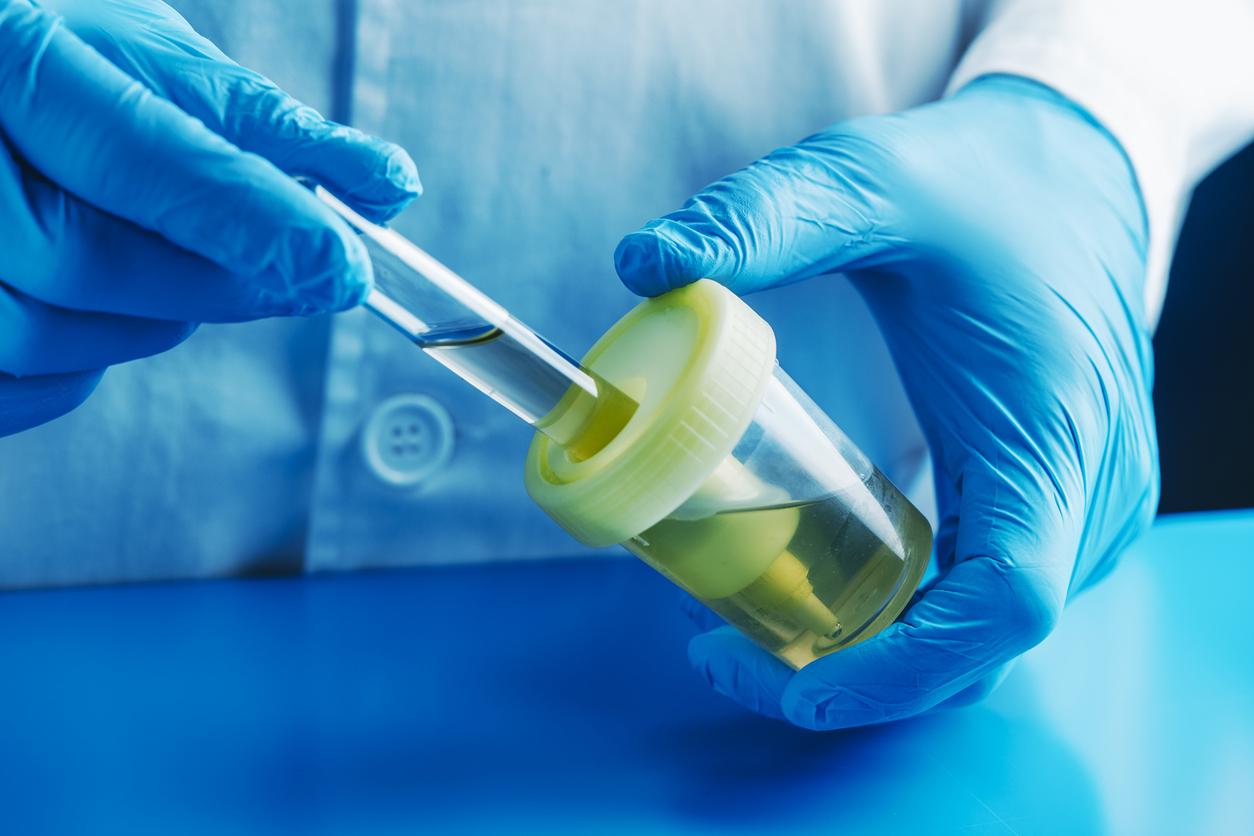All over the world, rainwater is contaminated with dangerous chemicals.

- PFAS include approximately 450 compounds.
- They are used in industry, for their non-stick, insulating, waterproofing properties, etc.
The drought has settled in France, and the storms should not help to remedy it. Other countries in the world also suffer from lack of water. The rain, when it finally falls, helps for crops, livestock, but it does not meet all human needs. A recent study, published in Environmental Science & Technology, confirms it. According to his conclusions, this water fallen from the sky is unfit for consumption, even in the most preserved places on the planet.
Drastically lowered thresholds
Substances called “per- and polyfluoroalkyl (PFAS)” are present in the atmosphere. These are dangerous man-made chemicals. They are called eternal chemicals because they accumulate in the body and persist in the environment for a long time.
In recent years, various studies have revealed the extent of their toxicity, so that the scales of risk have dropped sharply. “For example, the drinking water guideline value for a well-known substance in the PFAS class, namely perfluorooctanoic acid, has been reduced by 37.5 million in the United States”says Ian Cousins, the lead author of the study and a professor in the Department of Environmental Sciences at Stockholm University.
PFAS are associated with serious health problems. They can promote cancer, disrupt learning and behavior in children, increase the risk of infertility or pregnancy complications, cause high cholesterol levels and immune system disorders.
“Rainwater would be considered dangerous”
The Stockholm University team has carried out laboratory and field work to assess the atmospheric presence and movement of PFAS over the past decade. Their findings show that the levels of some of them are not decreasing, despite being phased out by the main manufacturer, 3M, for twenty years. They are first present on the surface of the environment, but enter the atmosphere through evaporation in particular.
“Based on the latest US guidelines for PFAS in drinking water, rainwater would be deemed unsafe to drink anywhere in the worldcontinues Ian Cousins. Although in the industrial world we do not often drink rainwater, many people around the world believe it is safe to drink and it provides many of our drinking water sources.“Even in Antarctica or on the Tibetan Plateau, remote and unspoiled areas, rates exceed these thresholds.”It makes sense to define a planetary boundary specifically for PFAS and, as we conclude in the paper, that boundary has now been exceeded.“, notes the co-author, Prof. Martin Scheringer.
Urgent action needed
For Dr Jane Muncke, managing director of the Zurich-based Food Packaging Forum Foundation, who was not involved in this study, this situation cannot last. “It is not possible for a few to make economic profit while polluting drinking water for millions more, causing serious health problems. The large sums that will have to be paid to reduce PFAS in drinking water (…) must be paid for by the industry producing and using these toxic chemicalsshe insists. It’s time to act.”
















